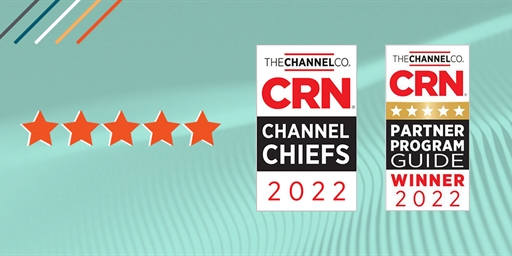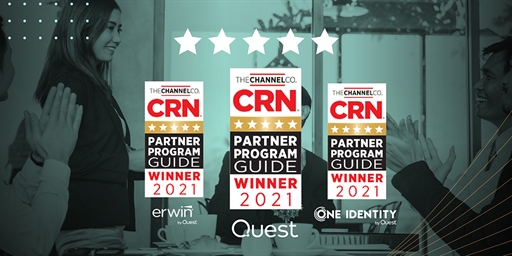As we honor Black History Month this February, it’s important to reflect on its significance. Black History Month stands as a significant reminder of the vital contributions African Americans have made to society while underscoring the ongoing ...
- 製品情報
- ソリューション
- サービス
- サポート
- トライアル
- パートナー
- コミュニティ













